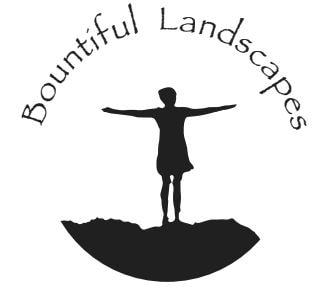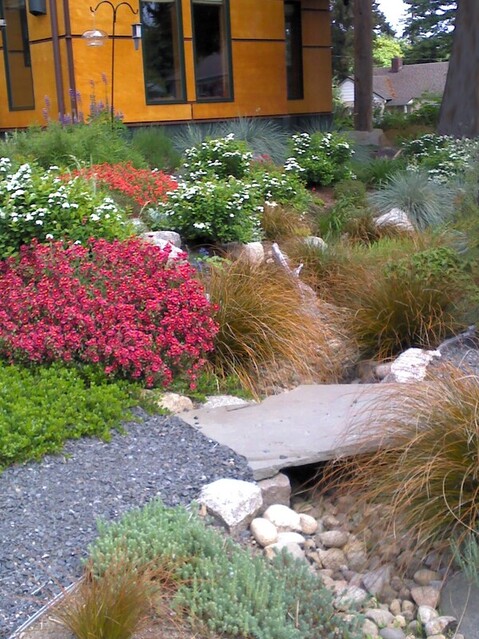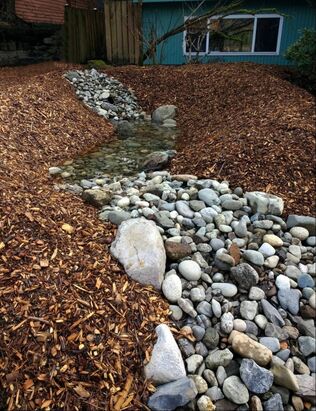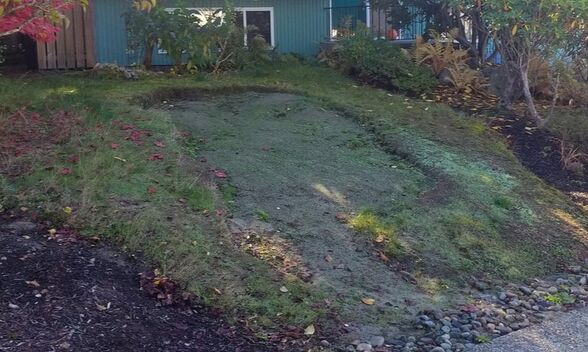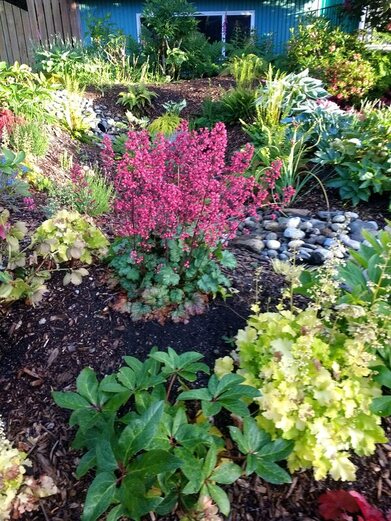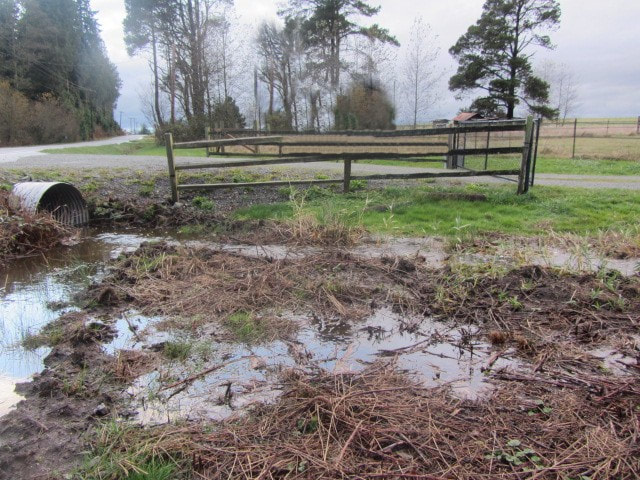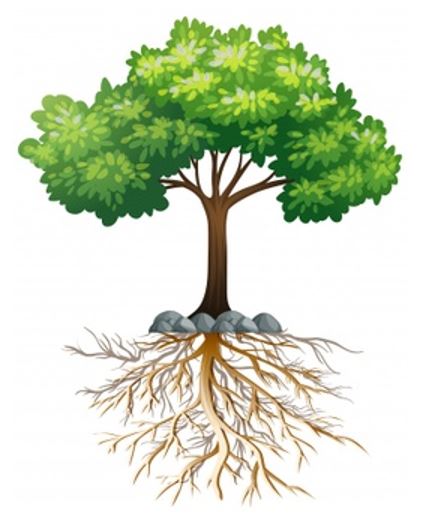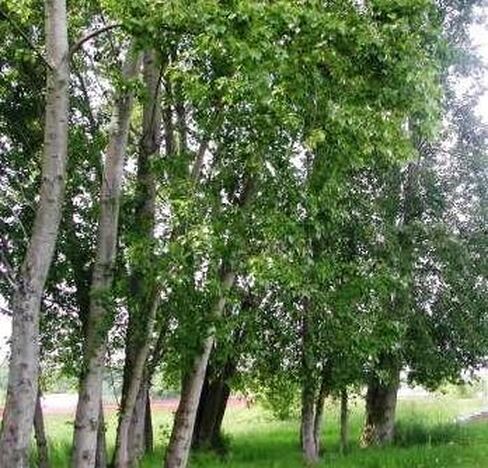Bountiful Landscapes & Consulting
Transforming People & Places to Create Vibrant Health & Beautiful Outdoor Spaces
About Water
|
What happens when it rains?
|
Simply put: healthy soil means healthy ecosystems, means healthy people.
How much water do trees drink?
|
Tree Watering Calculations Trees: 10 gal of water Per WEEK for every inch of tree diameter. Ex: 6" dia tree = 60 gallons of water per week.
Shrubs: 5 gal of water Per WEEK for every foot of height. Ex: 4 ft. Rhody = 20 gallons of water per week. Water around the drip line with 5 gallon buckets, with 1/8" holes in the bottom. fill 1 or 2 times & let drip out slowly. Use a bar to make a few holes around the drip line - ONLY 12" deep (most roots depth) and put the hose directly in the hole for 30-60 seconds. Quick calculation: Tree diameter x 5 minutes, per week. Trees can get this water from the ground or from costly above-ground watering. |
|
Do trees need to be watered in the winter?
You should water in the winter when the temperature is above 40 degrees F. But stop when it freezes as the ground can't absorb water when it is frozen. Water mid-day so the water soaks in before the colder night temperatures.
|
Tree Roots won't freeze!
When days begin to get shorter, trees convert starch to sugars, which act as a natural antifreeze for the plant. The cellular fluid within the living cells becomes concentrated with natural sugars, which lowers the freezing point inside the cells. The tree roots are also insulated by the soil. You can mulch with straw or leaves for an added cover.
|
What do canopy trees do for the environment?
Their leafy canopies intercept the rainfall and reduce storm water runoff. Rainfall is better able to penetrate the soil and percolate into the ground water. As trees grow, they accumulate biomass by sequestering the carbon from the atmosphere and storing it as wood. Their deep and expansive roots help to loosen the soil so leaf-litter and other organic matter can improve the ground soil.
EXAMPLE: Cottonwood Tree Populus balsamifera ssp. trichocarpa
|
You may have a stand of Cottonwood trees on your property. If so, you know how tall, and how messy they can be, but they do provide shade and can be a barrier to wind. They also provide a nesting habitat for woodpeckers and owls. Cottonwood trees can tolerate wet areas and poor soils, and, although they are quite susceptible to disease, they seem to live for a long long time. PLUS, they have amazing medicinal properties, as well as providing other survival benefits. So, we keep them. Their water requirements?? 50 to 200 gallons per day!!! |
Contact me to find out how to STORE WATER IN THE GROUND and
create a more sustainable and water-wise landscape! 206-701-9405
create a more sustainable and water-wise landscape! 206-701-9405
